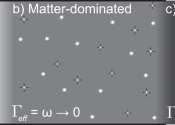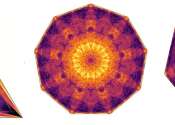Study uses thermodynamics to describe expansion of the universe
The idea that the universe is expanding dates from almost a century ago. It was first put forward by Belgian cosmologist Georges Lemaître (1894–1966) in 1927 and confirmed observationally by American astronomer Edwin Hubble ...









